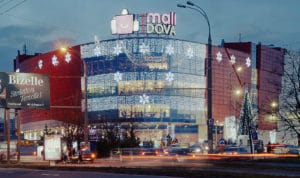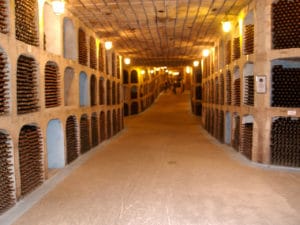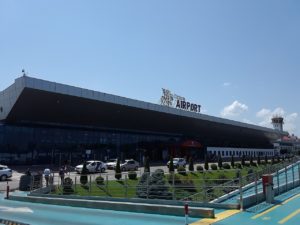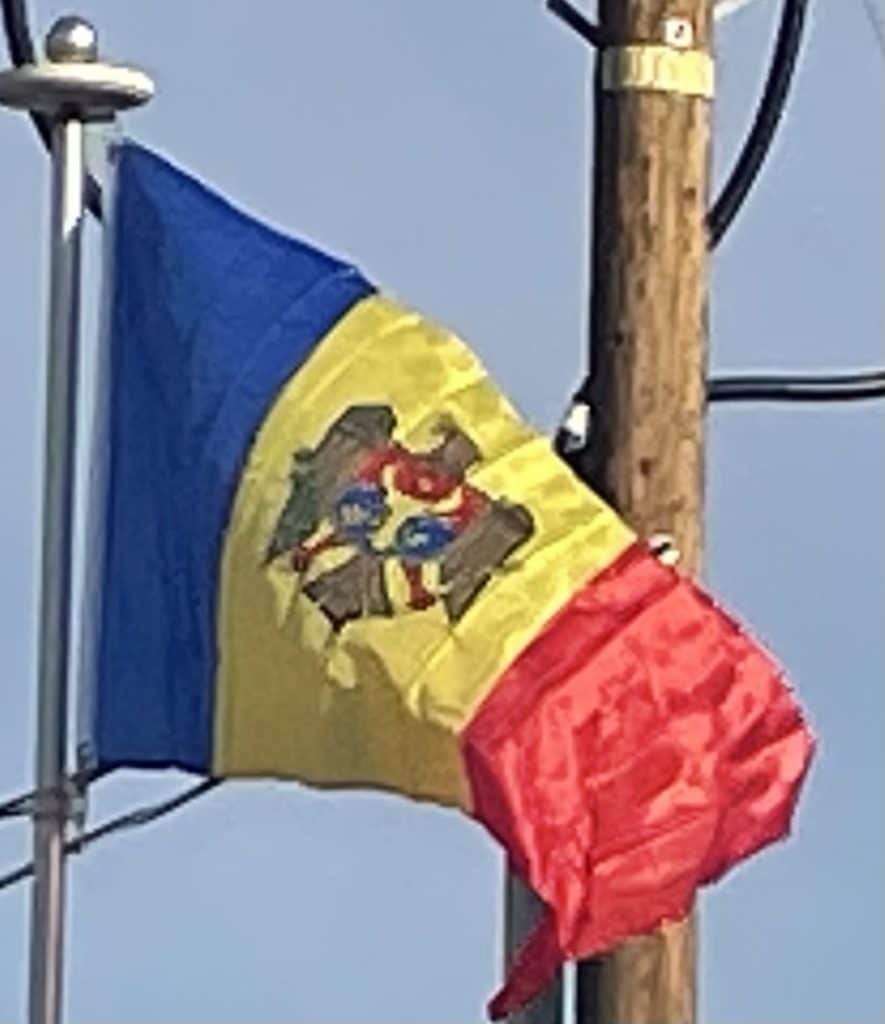The country’s main cities are the capital Chișinău, in the center of the country, Tiraspol (in the eastern region of Transnistria), Bălți (in the north) and Bender (in the south-east). Comrat is the administrative center of Gagauzia.
Economy:
After the breakup from the USSR in 1991, energy shortages, political uncertainty, trade obstacles and weak administrative capacity contributed to the decline of economy. As a part of an ambitious economic liberalization effort, Moldova introduced a convertible currency, liberalized all prices, stopped issuing preferential credits to state enterprises, backed steady land privatization, removed export controls, and liberalized interest rates. The government entered into agreements with the World Bank and the International Monetary Fund to promote growth. The economy subsequently declined from 1991 to 1999. Since 2000 the GDP (PPP) has had a steady growth.

Despite a sharp decline in poverty in recent years, Moldova remains one of the poorest countries in Europe and structural reforms are needed to promote sustainable growth. Based on the Europe and Central Asia (ECA) regional poverty line of US$5/day (PPP), 55 percent of the population was poor in 2011. While this was significantly lower than 94 percent in 2002, Moldova’s poverty rate is still more than double the ECA average of 25 percent.
The country has a well-established wine industry. It has a vineyard area of 147,000 hectares (360,000 acres), of which 102,500 ha (253,000 acres) are used for commercial production. Most of the country’s wine production is made for export. Many families have their own recipes and grape varieties that have been passed down through the generations. There are 3 historical wine regions: Valul lui Traian (south west), Stefan Voda (south east) and Codru (center), destined for the production of wines with protected geographic indication. Mileștii Mici is the home of the largest wine cellar in the world. It stretches for 200 km and holds almost 2 million bottles of wine.

Moldova’s rich soil and temperate continental climate (with warm summers and mild winters) have made the country one of the most productive agricultural regions since ancient times, and a major supplier of agricultural products in southeastern Europe. Moldova’s agricultural products include vegetables, fruits, grapes, wine, and grains.
Transportation:
The main means of transportation in Moldova are railways 1,138 km (707 mi) and a highway system (12,730 km or 7,910 mi overall, including 10,937 km or 6,796 mi of paved surfaces). The sole international air gateway of Moldova is the Chișinău International Airport.

The Giurgiulești terminal on the Danube is compatible with small seagoing vessels. Shipping on the lower Prut and Nistru rivers plays only a modest role in the country’s transportation system.
Flag of Moldova:
The state flag of the Republic of Moldova is a vertical tricolour of blue, yellow, and red, charged with the coat of arms of Moldova (an eagle holding a shield charged with an aurochs) on the center bar. The obverse is mirrored. The flag ratio is 1:2. Until further provisions, the State Flag of Moldova is used as the national flag and ensign as well, that is, civil, state and war flag and ensign.
